
“This blog is documenting the precious Silk Road heritage site, the ‘Indus rock carvings’, which will be lost forever in a few years when two dams on the Indus River are completed”
Have you ever heard of the Hungry Tigress Jataka「捨身飼虎」? In Japan, the story of the Hungry Tigress Jataka is depicted on the side of the Tamamushi Zushi「玉虫厨子」, a national treasure in the collection of ancient Horyuji Temple(法隆寺), even before Kyoto was built – when Buddhism was freshly adoped by the Japanese elite.
There are rock engravings along the Indus River in Chilas where the Hungry Tigress Jataka can still be seen, despite certain degree of deterioration the engravings underwent.
About Hungry Tigress Jataka (Vyaghri-Jataka)
Long ago, there was a king in India who had three brothers, every of them a prince. One day, the king and the three princes went to play in a bamboo forest. There they met a mother tiger with seven cubs. The animals were starving, emaciated and on the verge of starvation.
The three princes felt deep compassion, but two of them left, saying that they could not save the animals. The third prince said, “Bodhisattvas offer themselves out of compassion to save others. I will offer myself to save the life of a starving tiger “. The prince gave himself up and the tiger ate him. The story goes that the prince who saved the lives of the tiger was the Buddha himself in one of his previous lives.
More information on Hungry Tigress Jataka and the Tamamushi Zushi at Horyu-ji Temple can be found on the websites of the respective temples.

The following is a sketch of this rock engraving, although it is quite faded and difficult to make out.

This sketch of the rock engraving shows a lying prince, a tiger cub about to eat the prince, the father king and two brother princes watching from safe distance behind a rock.
Decipherment of the Brahmi script beside this image has also proved that it is Hungry Tigress Jataka (Vyaghri-Jataka).

The entire surface of the rock on which the Hungry Tigress Jataka is depicted. A large stupa is depicted in the centre. There is a hemispherical Anda on a square base, with Harmika, symbolic umbrellas and banners, which are characteristic of the Gandhara style. It is thought that Buddhism was at its peak influence in the Upper Indus around the 5th century.
Unfortunately, this precious rock engraving will also be lost when the dam is completed. “Unfortunately” is not the right word that can be used to describe it, perhaps. The destruction of the rock engravings began with the construction of the Karakoram Highway in the 1960s, and the rock engravings have been destroyed with every expansion of the road. Some were even lost when they were painted over by people who did not like the Buddhist motif for a time.

Painted rock engravings along the Karakoram Highway. The central figure of a snow leopard chasing an ibex was washed out in December 2020.

Again, the time was limited, but we worked on washing the rock engravings that had been painted.

This is the current state of the rock engraving. From right to left, Manjushri, Bejewelled Buddha with a devotee holding an incense burner or lamp and stupa. A trefoil-shaped arch surrounds the Buddha’s entire body, is in Kashmir style.
The picture below shows how this looked before the paint was applied.

We will continue to wash off the paint from these rock engraving panels.Please come and witness this wonderful Buddhist heritage before it is submerged in the dam.
Photo & text : Mariko SAWADA
Site : Chilas, Gilgit-Baltitstan
*About the article: the article is based on an old book. I wonder if other views and explanations exist. I would be very happy if you could let me know so that I can study it.
Reference :”Huma records on Karakoram Highway”, ” The Indus, cradle and crossroads of civilizations”
*Contact us, Indus Caravan for more information or to make arrangements for visiting Rock carving along the Indus river.
*Please follow us on Youtube, Instagram & Facebook
Category : ◆ Gilgit-Baltistan > - the Karakoram Highway > - Indus river bank > ◇ Rock carvings / Petroglyph
Tag : Silkroute , Pakistan Blog , Diamer Basha Dam , 捨身飼虎 , Travel Pakistan Blog , shatial buddhist rock art , Hungry Tigress Jataka , Indus Caravan , silkroad , Vyaghri-Jataka , Rock Carving , Saiyu Travel , Jataka , Pakistan tour operator , Engraving , Indus river , Buddhist remains , Chilas , Shatial , Chilas Rock Carving , Tiger Jataka







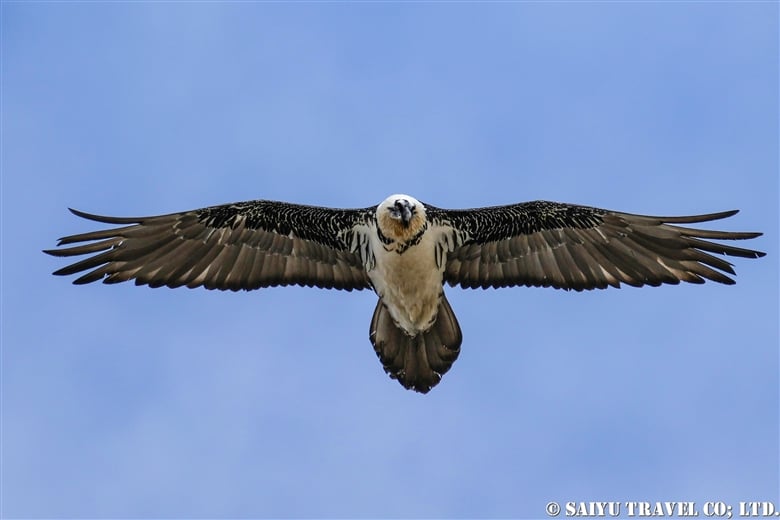

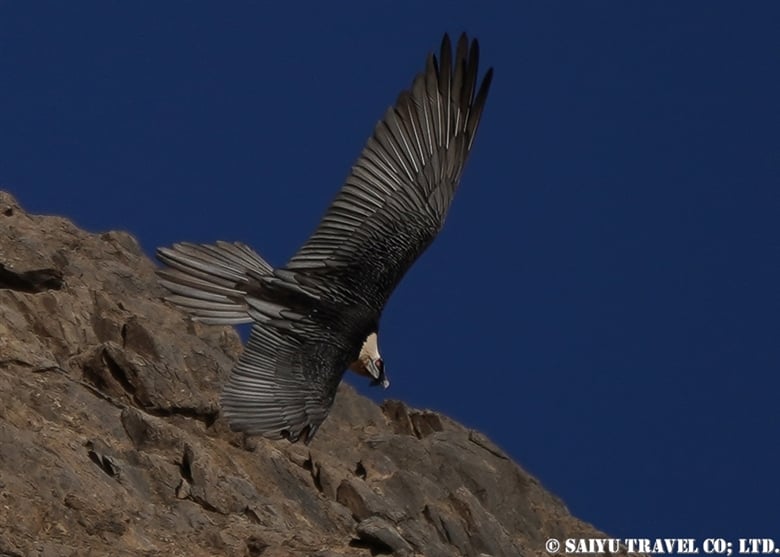
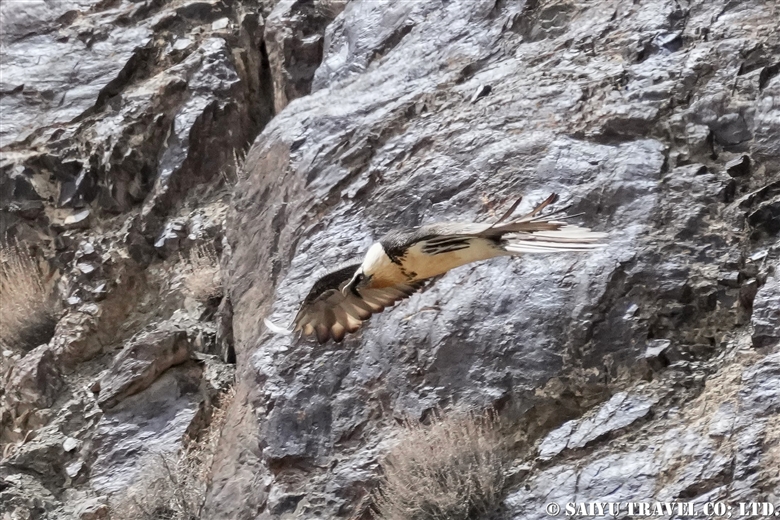
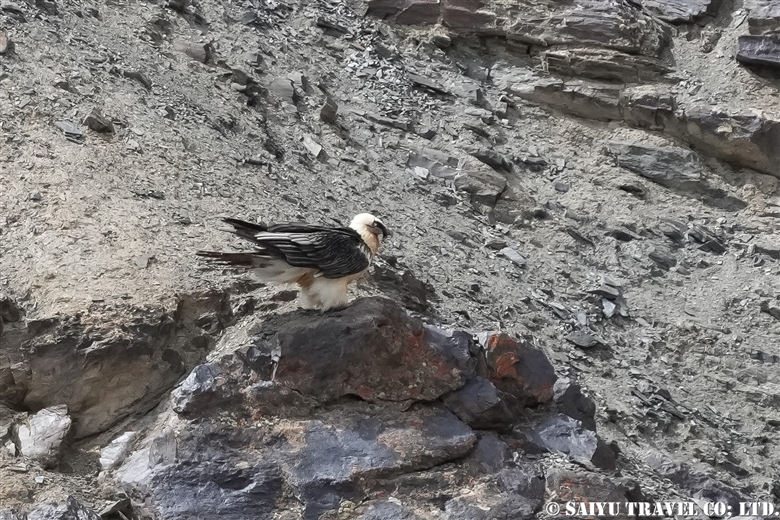
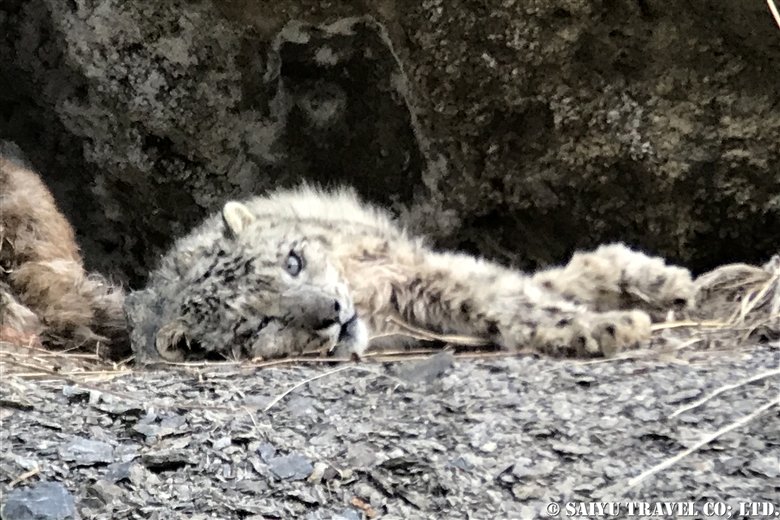
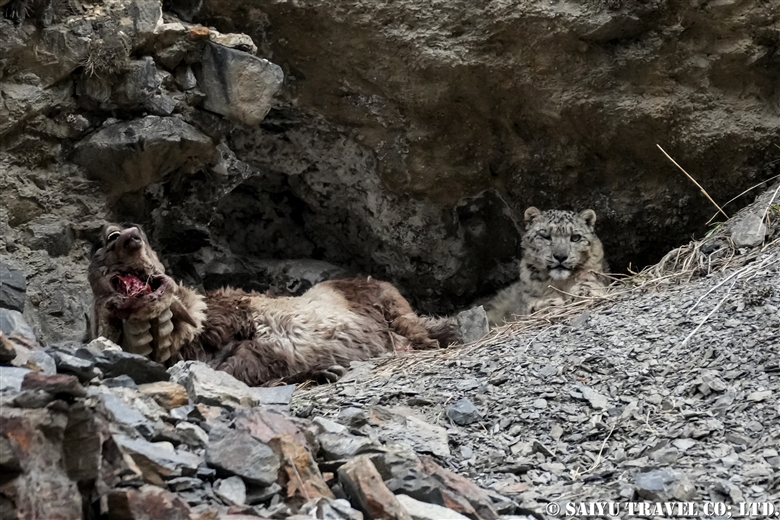
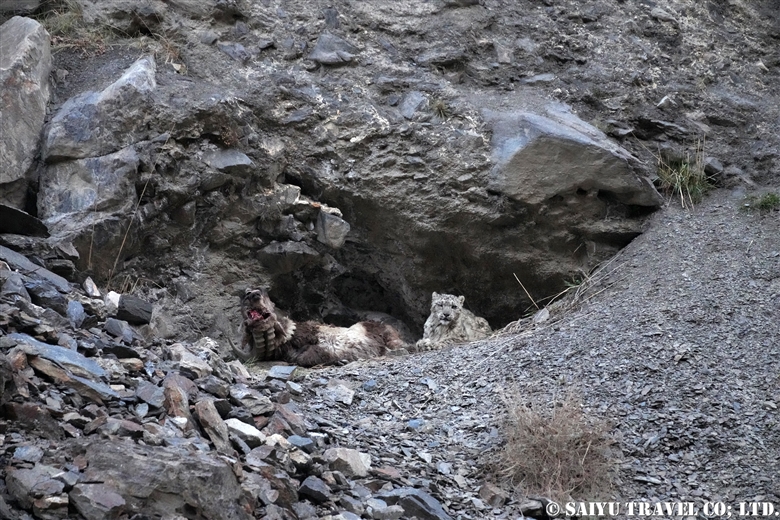
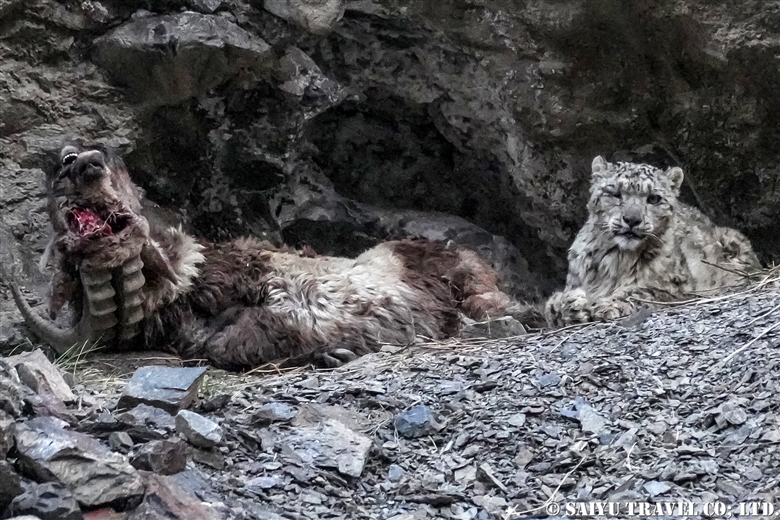
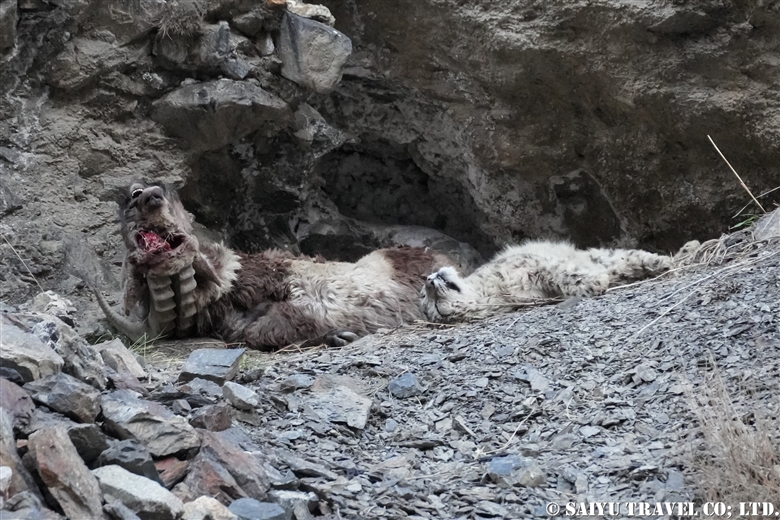
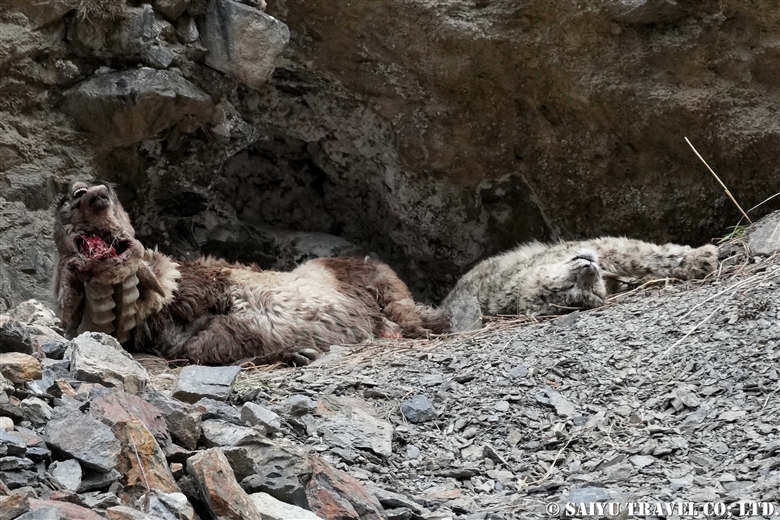
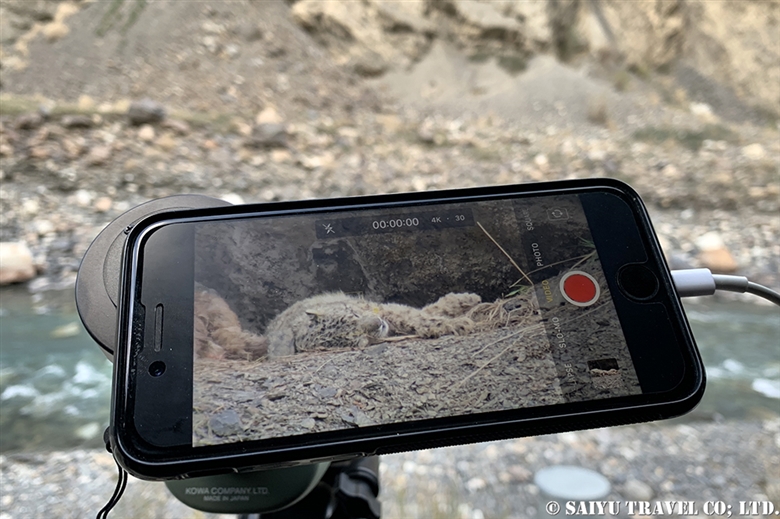
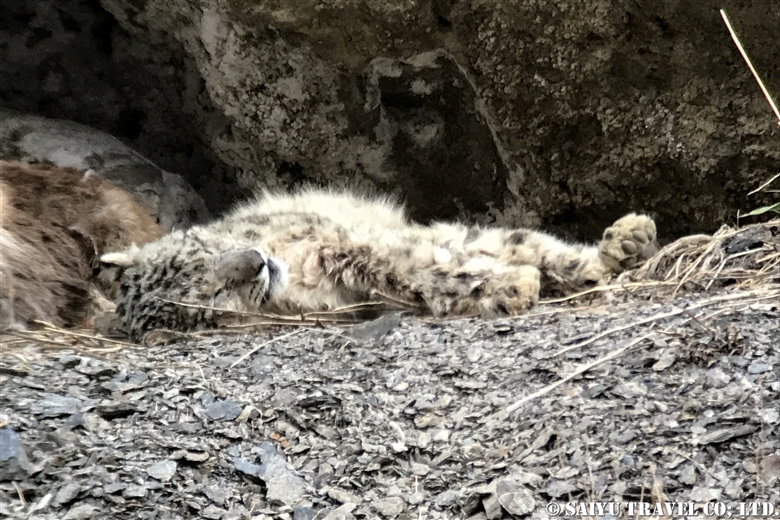
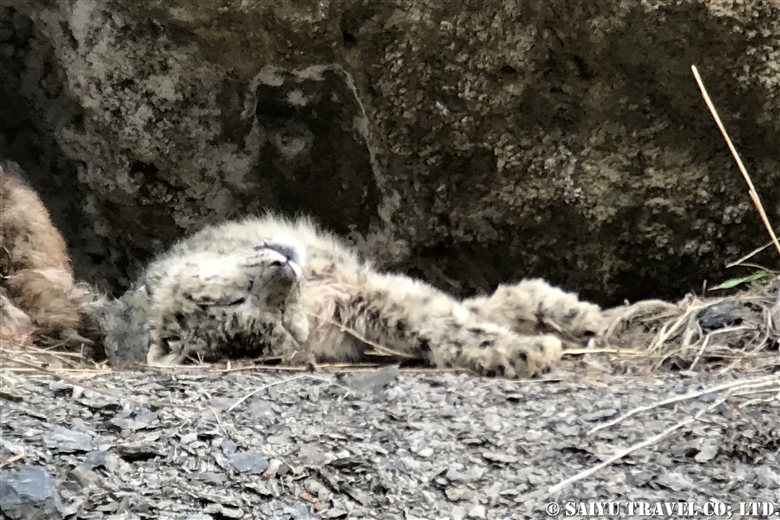






























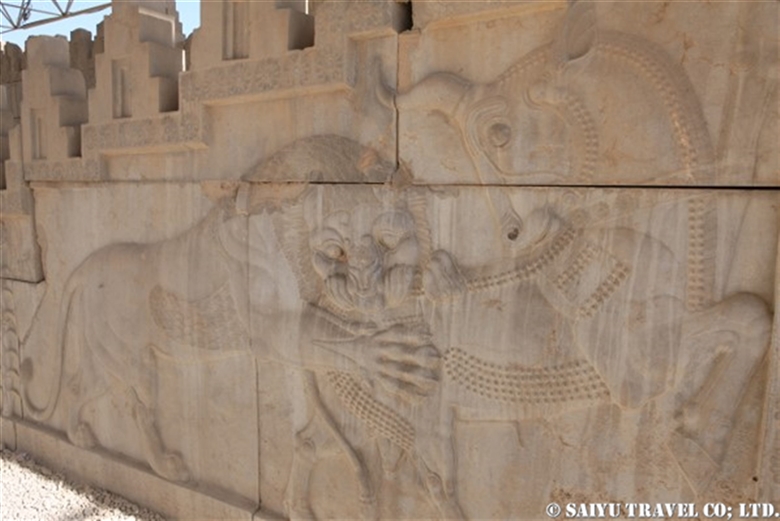

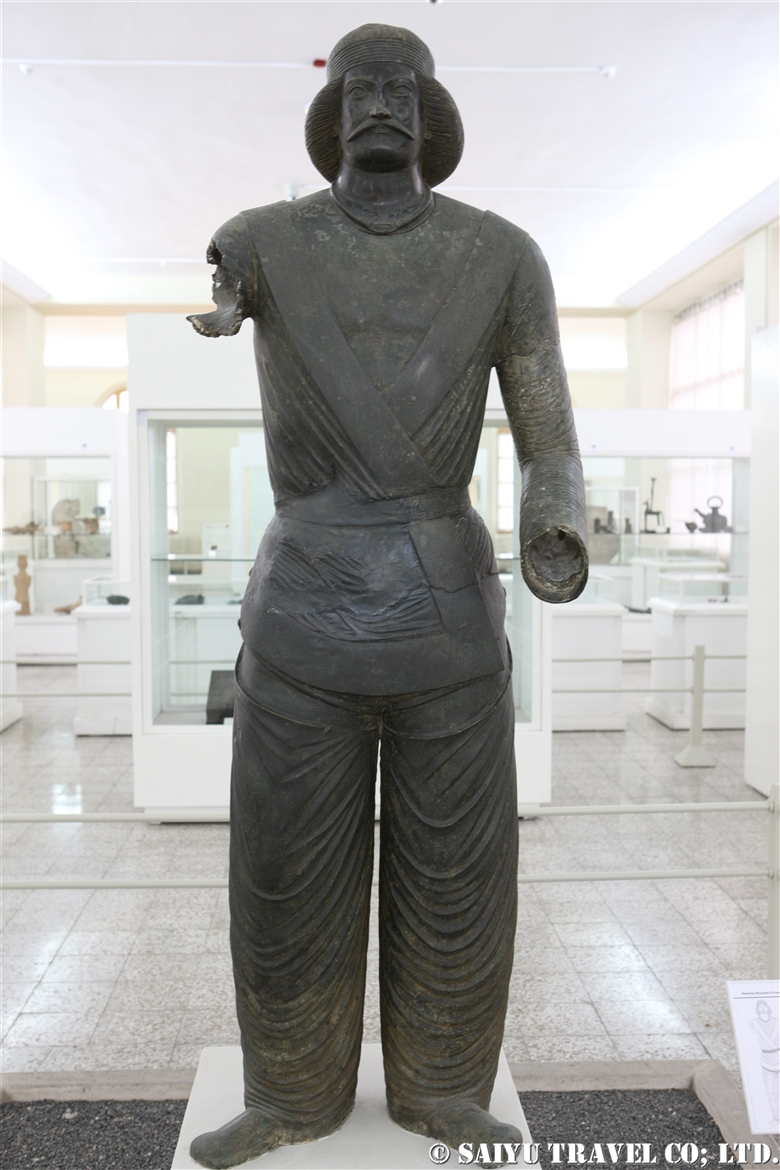
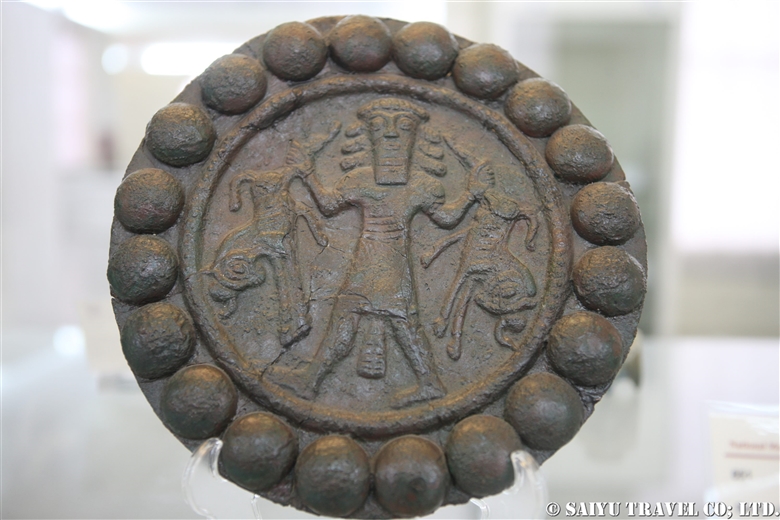
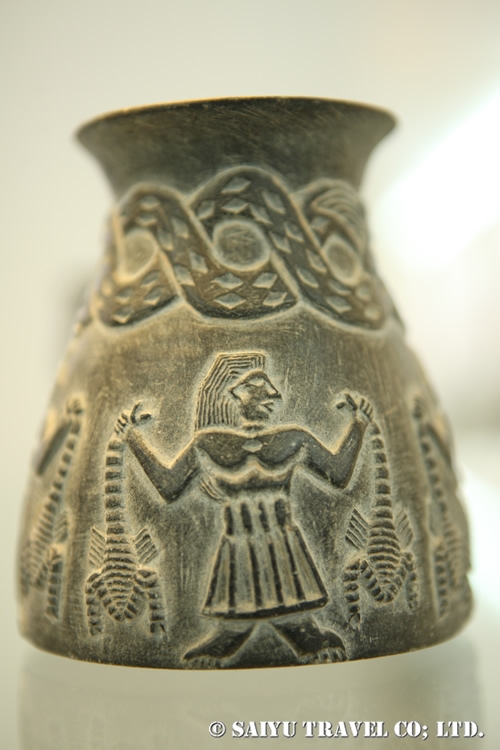














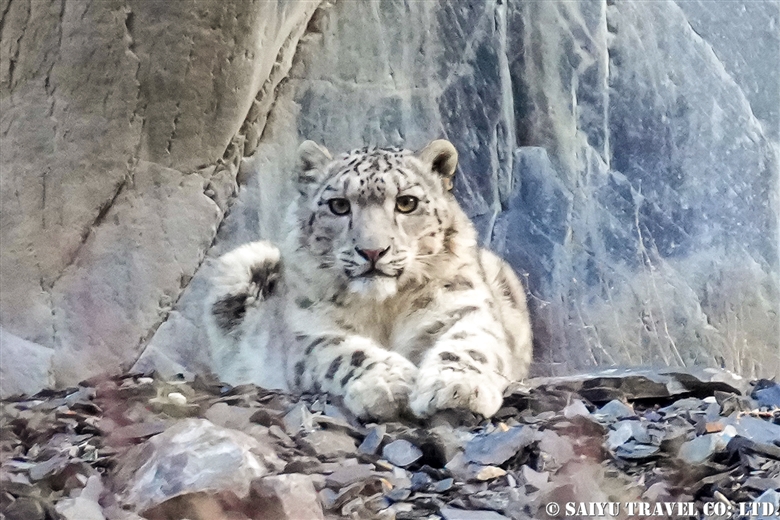

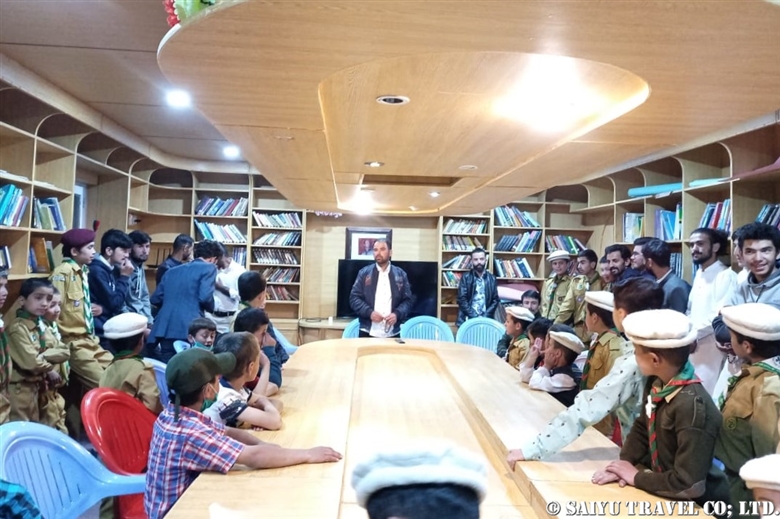
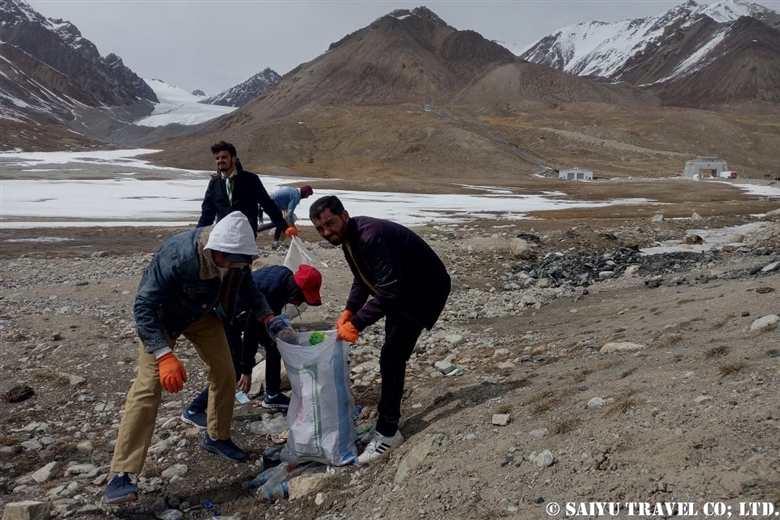
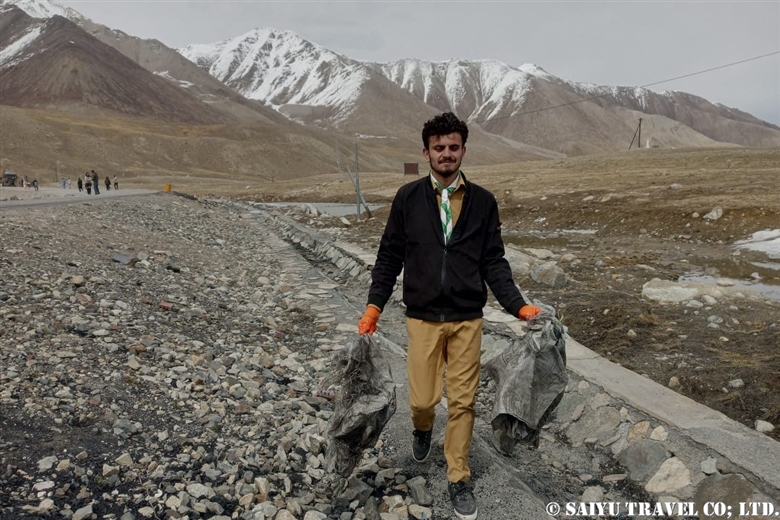
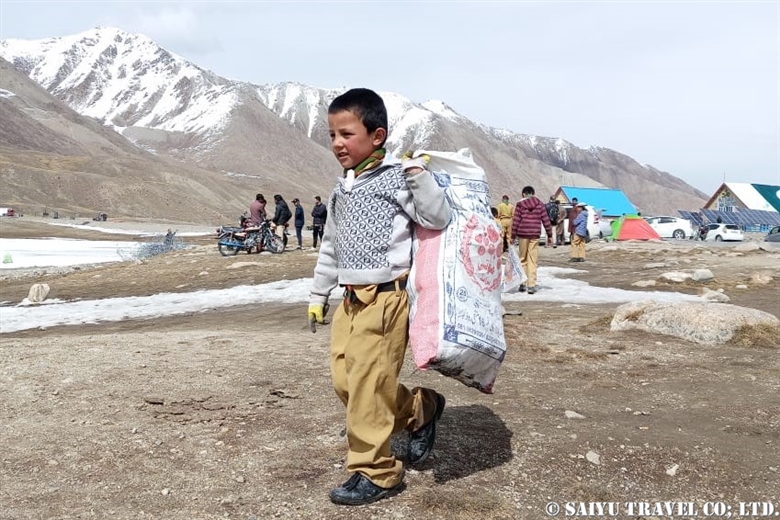
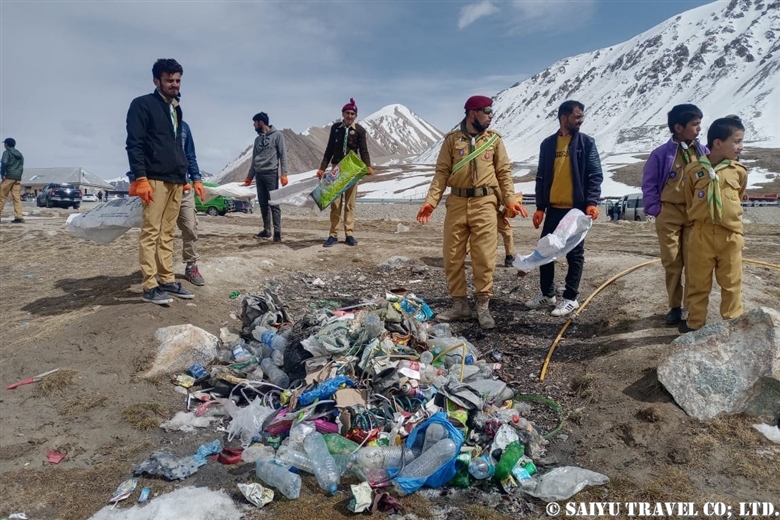

-1200x675.jpeg)
